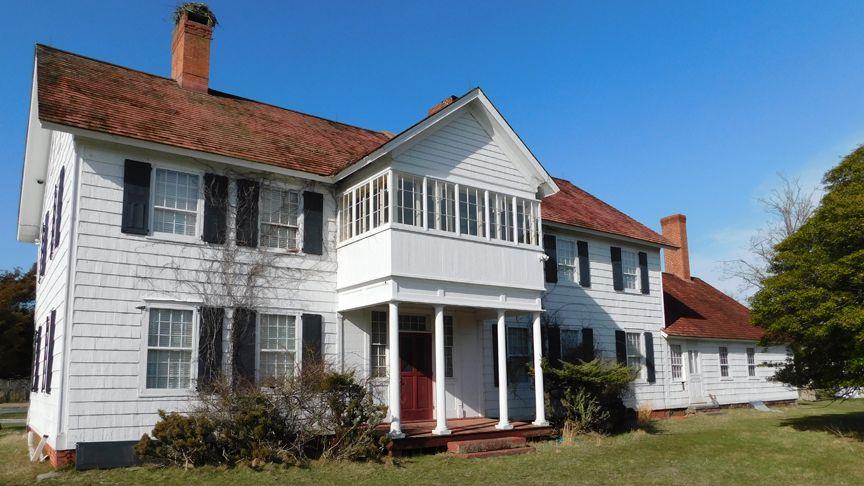He was the Lord of the Manor of St. George and one of Long Island’s earliest settlers, and today, William Tangier Smith lives on as an icon of local history.
Prior to owning almost the entirety of the land that became Brookhaven Town, Smith embarked on a meteoric career in the Royal City of Tangier, the capital city of Morocco, and was appointed its governor. King Charles II was impressed by the 22-year-old Englishman and invested substantial resources in fortifying this geographically significant city at the entrance to the Mediterranean. Their goal of establishing Tangier as a major trading asset faltered, and in 1683, the king sent 17 ships under the command of Admiral Lord Dartmouth to destroy it and along with it, Smith’s fortune. With the fall of Tangier, Smith left with his wife, Martha Tunstall, and six children to start a new life in America.
It was by recommendation of Lord Dartmouth and another famous figure in the history of New York, Governor Thomas Dongan, that Smith was granted a Royal Patent by King William and Queen Mary for the tract encompassing almost 81,000 acres, which he had assembled through purchases from adjoining landowners and the Unkechaug Indian, John Mayhew, whose deed described the boundary lines as “from a river, a line to the middle of Long Island—to a marked tree at the country road, at the usual going over of Peconic River.” Smith’s holdings included land that would become the home of William Floyd, a signer of the nation’s Declaration of Independence, and all of Fire Island. The Tangier Smith Elementary School in Mastic Beach is named for him, as is a local community.
The Smiths lost control of their beloved manor, a stunning 127-acre estate overlooking Moriches Bay in Mastic, on two occasions: once during a rebellion when the German-American merchant and militia captain Jacob Leisler took control over colonial New York from 1689-1691, and when the British seized it during the American War for Independence. At great personal risk, Tangier Smith opposed Leisler and regained possession after the Whig was hanged and Royal Authority was restored. During the War of 1776, the manor became Fort St. George when British troops moved in after the Battle of Long Island. It was an ideal location for a supply base due to its proximity to an inlet to the Atlantic that existed in the barrier beach across the bay and because of the coveted woodlands that surrounded the property.
 |
| William Tangier Smith’s Manor of St. George Robert Chartuk |
When the New York Supreme Court of Judicature was established by the colonial Assembly in April 1691, Tangier Smith was appointed a justice of the court. The following year, he became Chief Justice, a position he held until 1703. Born in Newton in Northamptonshire, England, in 1655, Smith died in 1705 and is buried in a family plot in Setauket.
